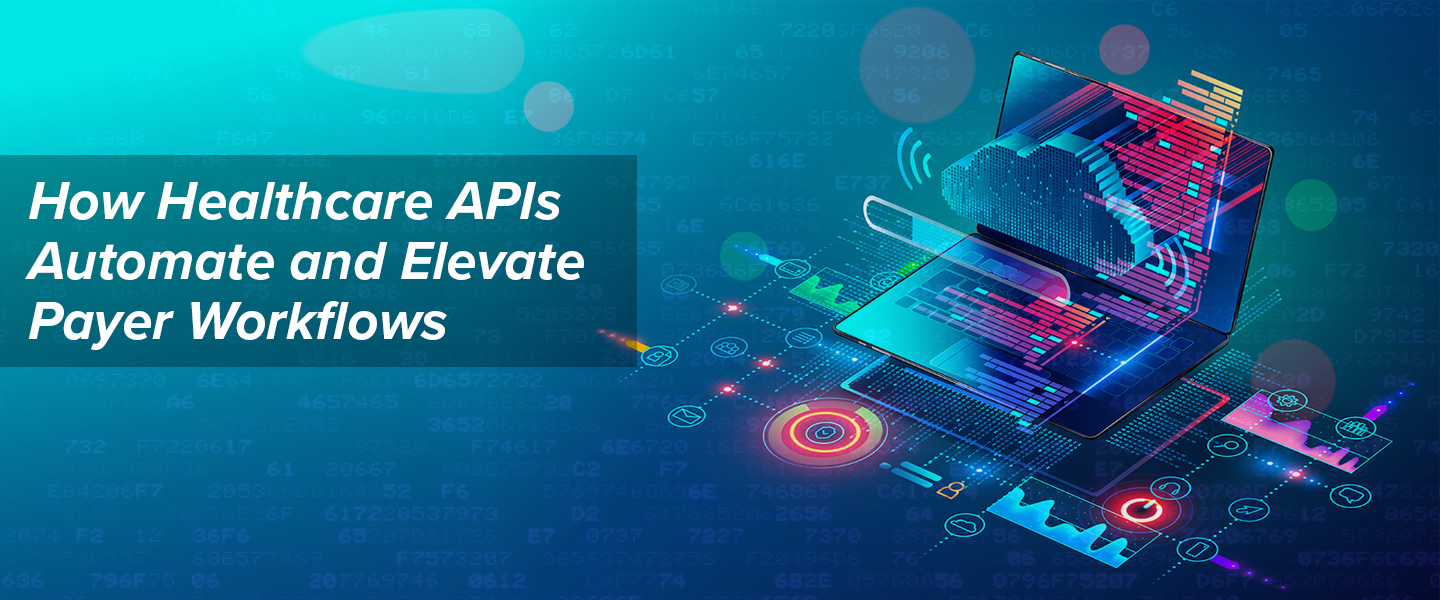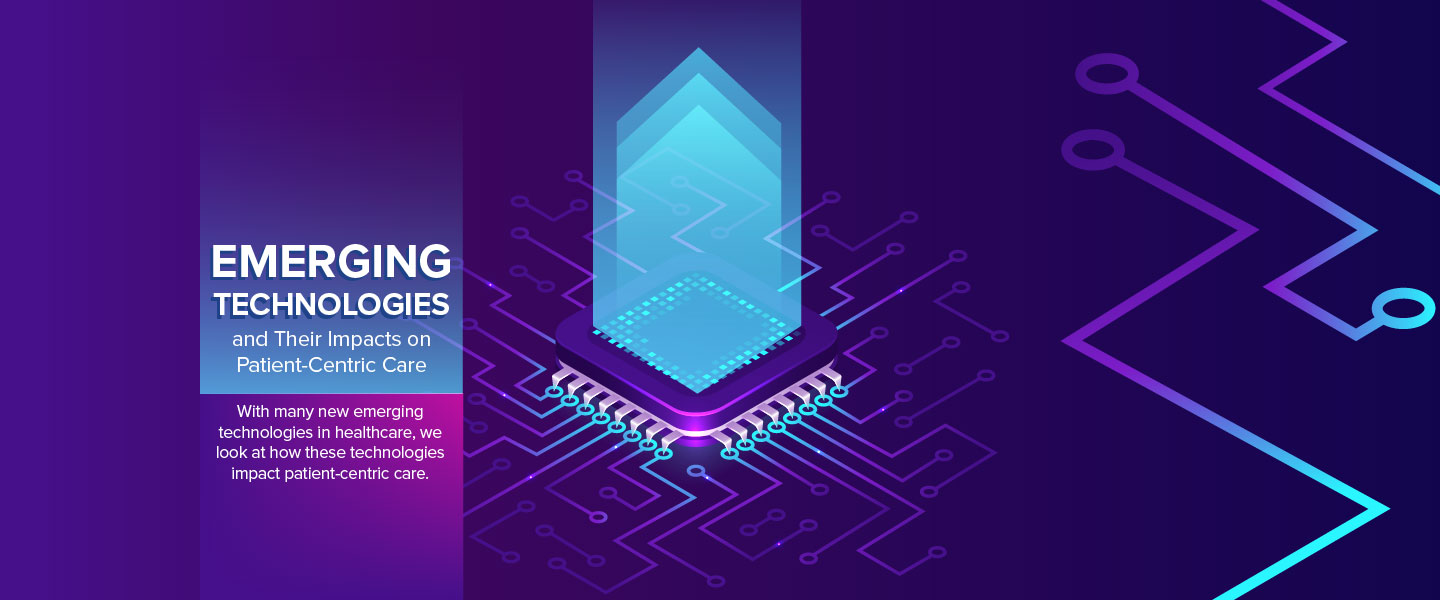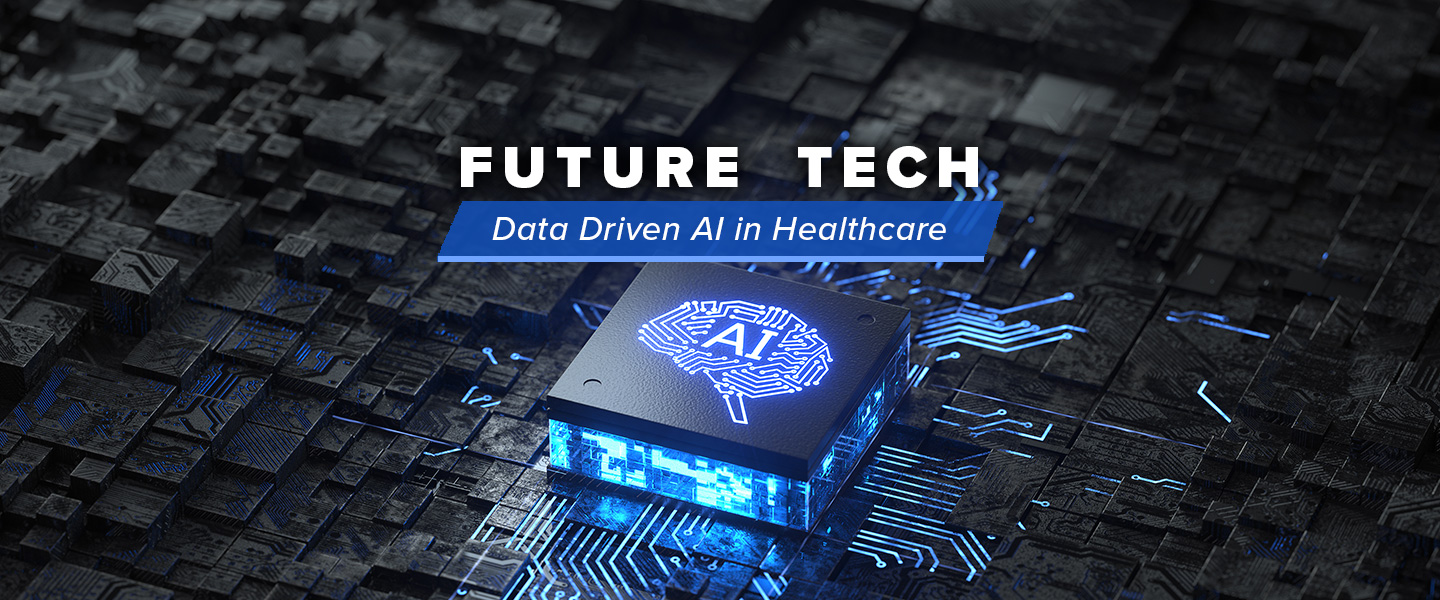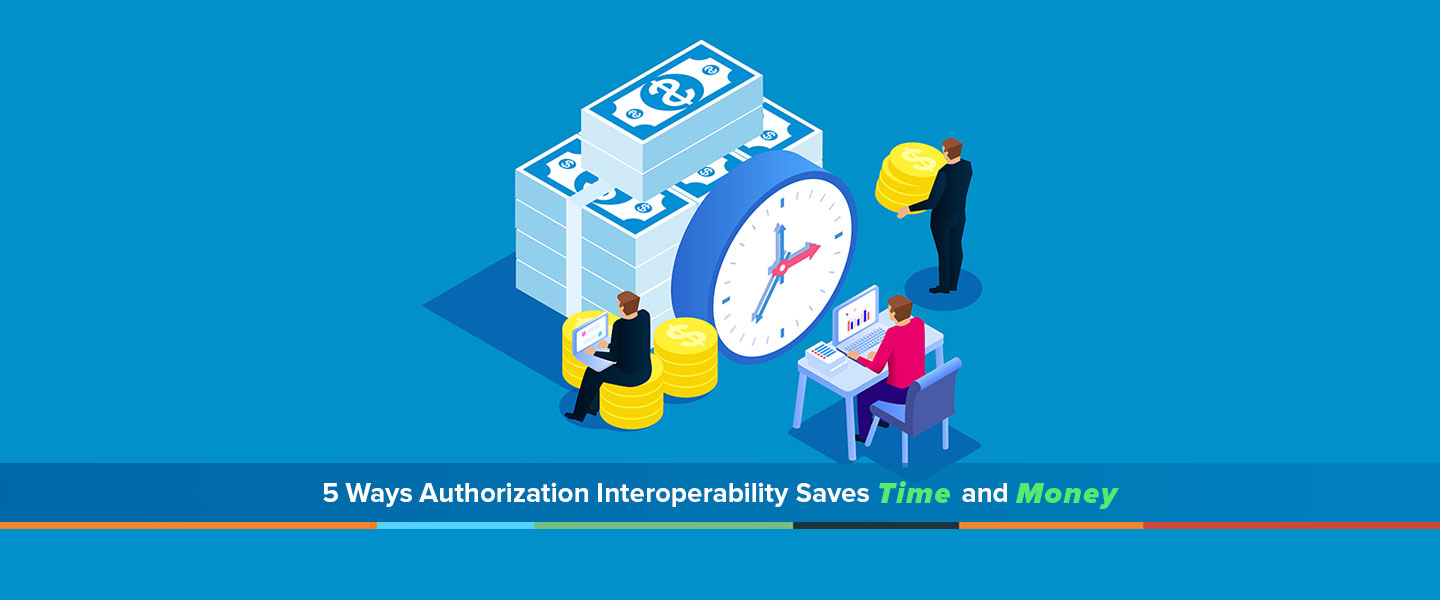Automation. Interoperability. APIs. These are buzzwords you may be hearing in the healthcare industry with promises of cost savings and workflow efficiency. But what do they mean, and how do you achieve the promised benefits?
Automation just means having computers do work that humans would otherwise have to do. Interoperability refers to the methods that computers use to talk with each other. An API (Application Programming Interface) is a specific data exchange between two systems that can automate a manual workflow. In business-to-business (B2B) data exchanges, an API can be provided by one business to another to allow the consuming business to automate their workflows. You may already use these types of technologies, such as submitting claims electronically.
As the healthcare industry continues to evolve, additional opportunities for workflow automation using APIs are becoming available. Healthcare has lagged overall in understanding the benefits of investing in these software technologies and moving away from paper. Legislation such as ARRA, HITECH and its Meaningful Use criteria for EHRs, and the ONC 21st Century Cures Act and Health IT Certification program are incentivizing technology vendors to provide interoperable APIs that create a collaborative and innovative healthcare IT ecosystem that can help all types of healthcare entities become more efficient, effective, and to deliver better health outcomes to patients.
The benefits of automation through APIs are clear. Automated workflows save time and resources that would otherwise require manual effort and allow you to use those resources on more valuable jobs. This can be done rapidly, at scale. For example, time spent manually looking up patient eligibility can be completely automated. The time saved for the medical industry that results from electronic eligibility and benefit verification versus manual is substantial. The 2019 CAQH Index states a potential average savings of 8 minutes or $0.85 per transaction with an annual savings opportunity of $1 .2 billion. The increased use of APIs is also fueling innovation across the industry, not only in automating administrative workflows but encouraging a secure exchange of clinical data. APIs are safe and secure for any transaction, including confidential patient data.

What does it take to leverage these automated workflows? Some of the systems you already use may provide support. Health IT certification requirements are one of the drivers encouraging developers of practice management and electronic health records systems to include support for APIs. Businesses you work with, such as other providers, clearinghouses, payers, and health exchanges, are also increasingly providing automated electronic access to information through APIs.
If you find that your staff is spending an inordinate amount of time on manual tasks that can conceivably be automated, it is well worth your time to investigate the possibility of automating those workflows using APIs. NantHealth can help coordinate API connectivity between your systems and health plans. Reach out to your technology vendors and other trading partners (suppliers, clearinghouses, etc.) to learn what types of interoperability they provide. There may be a start-up cost but even in the short term, the efficiency and cost savings gained will be well worth it.








